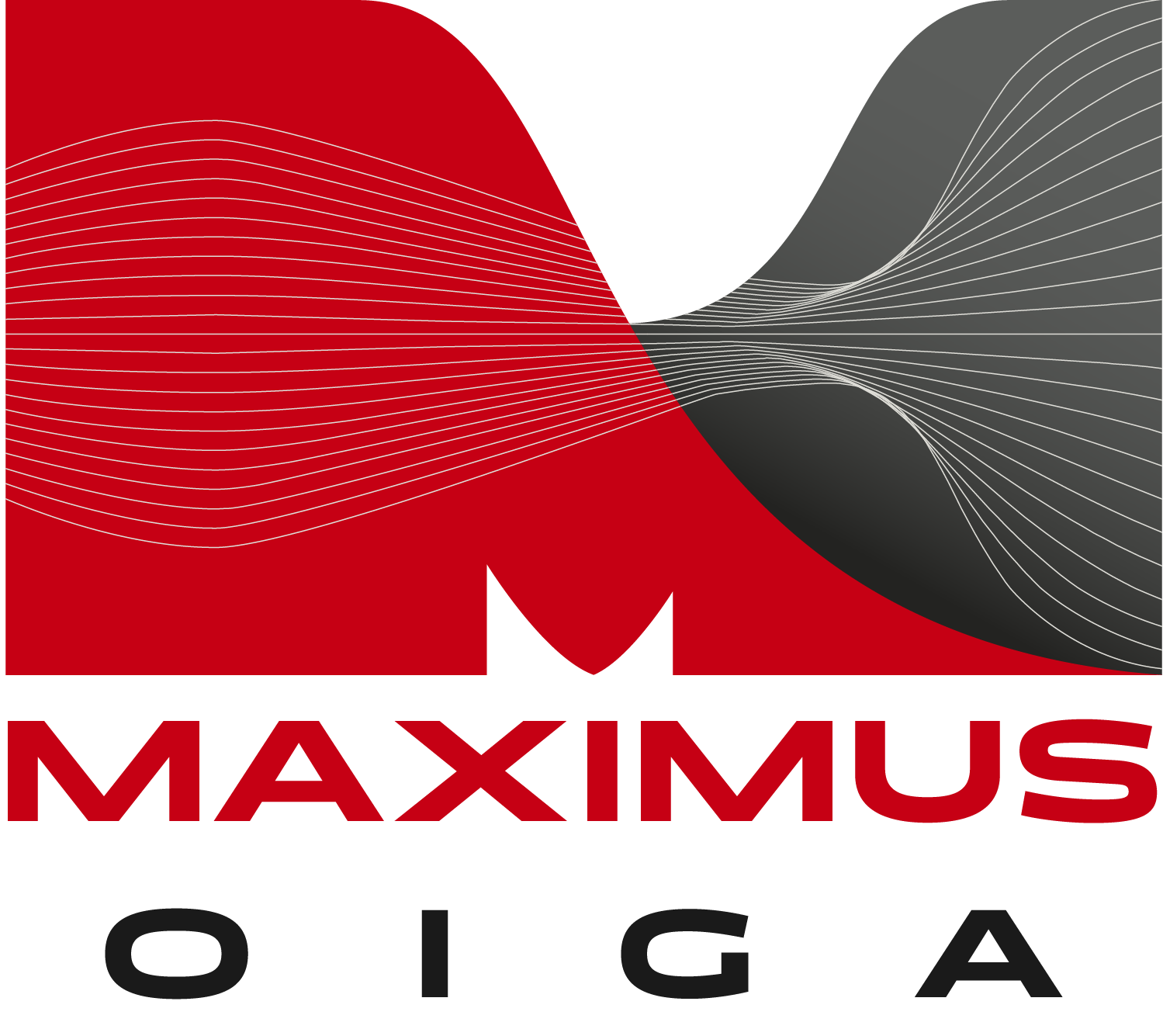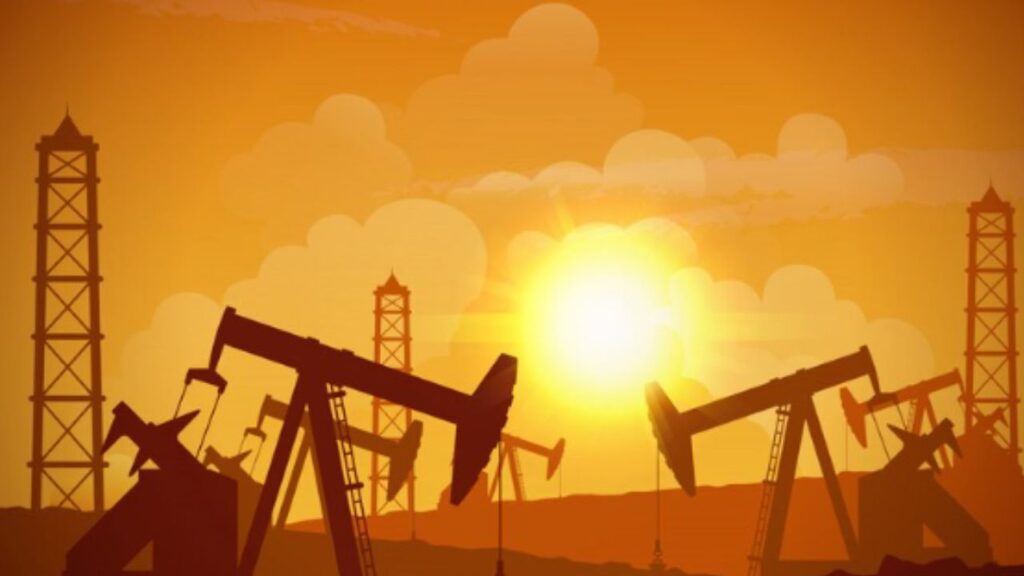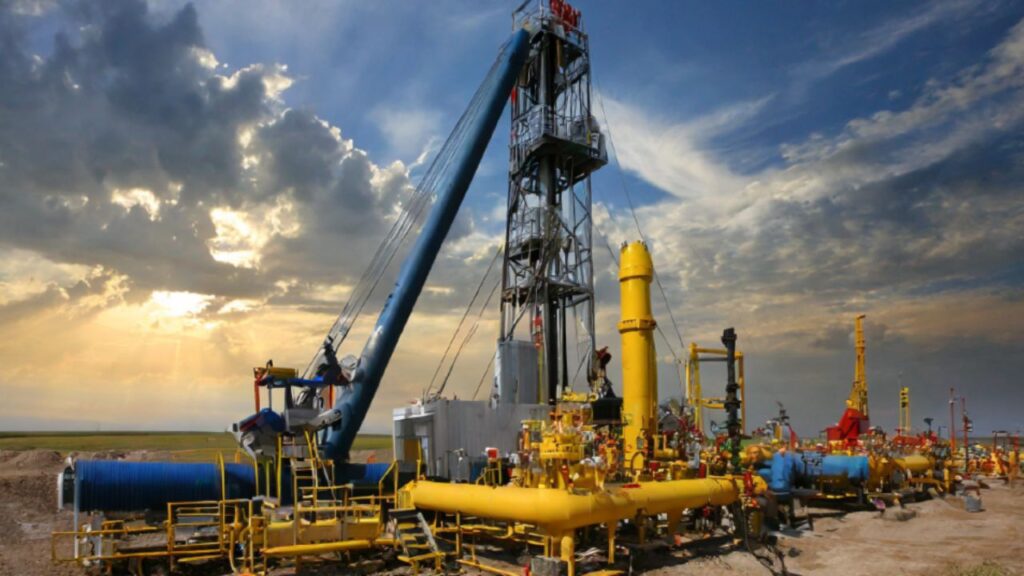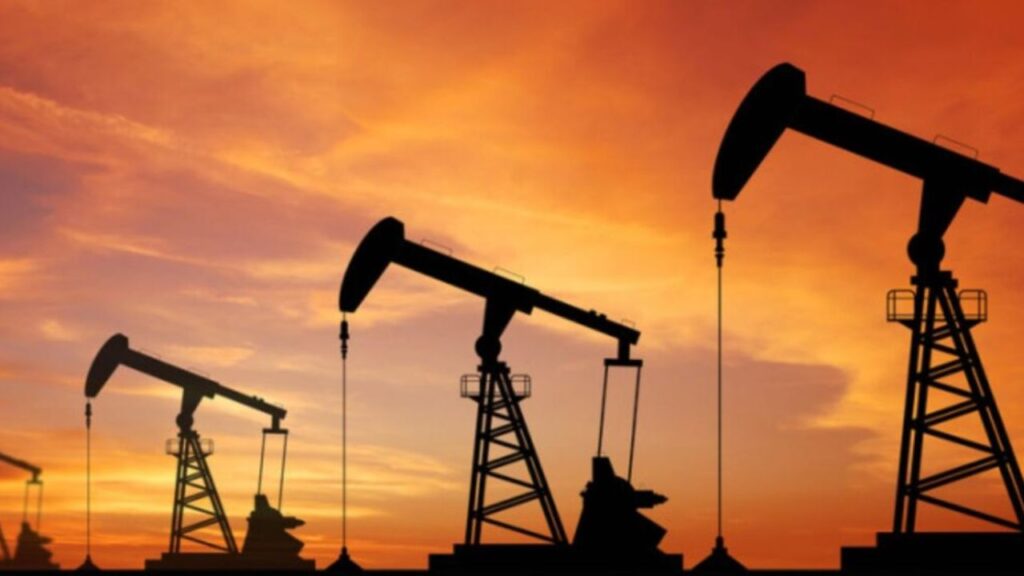Introduction
In the oil and gas industry, well completion is a critical phase in the extraction process, ensuring that wells can produce efficiently and safely. Among the most essential tools used in well completion are packers and bridge plugs. These devices play a pivotal role in isolating zones, managing pressures, and protecting well integrity throughout the production lifecycle. Without these tools, the risks of contamination, cross-flow, and well failure would increase significantly, making them fundamental to operational success.
In this blog, we will explore the vital role that packers and bridge plugs play in well completion, their types and applications, the innovations in these tools, and how companies like Maximus Completions are setting benchmarks in the industry with their advanced solutions.
Contents
What Are Packers and Bridge Plugs?
The Role of Packers in Well Completion
The Importance of Bridge Plugs in Well Isolation
Types of Packers and Bridge Plugs Used in Oilfields
How Packers and Bridge Plugs Contribute to Oilfield Productivity
Innovations in Packer and Bridge Plug Technologies
Maximus Completions: Leading the Way in Well Completion Solutions
Choosing the Right Packers and Bridge Plugs for Your Operation
Conclusion
1. What Are Packers and Bridge Plugs?
Packers and bridge plugs are essential tools used during the well completion phase of oil and gas production. Both play a critical role in isolating sections of the wellbore to ensure that production can occur in a controlled and efficient manner.
Packers: A packer is a mechanical device used to create a seal between the casing and the tubing, isolating one zone of the well from another. This ensures that fluid is directed only to the desired production zone, preventing unwanted cross-flow between different formations.
Bridge Plugs: A bridge plug is used to temporarily block off a section of the wellbore, typically during operations such as cementing, fracturing, or testing. It provides zonal isolation, preventing fluid migration during these processes.
While both tools are vital in isolating zones, packers are typically used for long-term isolation during production, while bridge plugs are often used for temporary isolation during various operations in wellbore management.
2. The Role of Packers in Well Completion
Packers are one of the most critical tools in well completion, especially when it comes to maintaining well integrity and controlling fluid flow. They perform several essential functions:
Zonal Isolation: Packers isolate different zones of the wellbore, ensuring that fluid from different reservoirs doesn’t mix, which could otherwise compromise production efficiency and cause contamination.
Pressure Control: Packers maintain a seal to prevent pressure from escaping during production. This is especially crucial in wells with significant pressure differentials, such as high-pressure, high-temperature (HPHT) wells.
Enhanced Production Efficiency: By ensuring that only the targeted production zones are contributing to the flow, packers increase production rates, reduce water or gas coning, and minimize unwanted formation damage.
Advanced packer systems, especially hydraulic set packers and mechanical set packers, have become the go-to choice for a wide range of wells, including those in challenging offshore and deep-water oilfields.
3. The Importance of Bridge Plugs in Well Isolation
Bridge plugs are essential tools for temporarily sealing off sections of the wellbore, allowing operators to carry out necessary activities such as cementing, testing, or fracturing without interference from fluids. Here’s why they are indispensable:
Temporary Zonal Isolation: Bridge plugs isolate certain wellbore sections during operations like cementing to ensure that cement doesn’t flow into other sections of the well.
Well Integrity Protection: During wellbore cleaning and stimulation processes, bridge plugs help ensure that only the targeted sections of the well are affected, preventing damage to other formations.
Prevention of Cross-Flow: Bridge plugs prevent the unwanted migration of fluids between different sections, which is critical for managing reservoir pressure and optimizing production.
Bridge plugs are typically used in tandem with packers to provide effective zonal isolation, particularly when certain zones need to be temporarily isolated for testing or other procedures.
4. Types of Packers and Bridge Plugs Used in Oilfields
There are various types of packers and bridge plugs, each designed for specific applications and environmental conditions. These include:
Types of Packers:
Mechanical Set Packers: These packers are set mechanically, usually by applying pressure. They are ideal for low-pressure wells and offer simple and reliable isolation.
Hydraulic Set Packers: Used in high-pressure environments, hydraulic set packers are activated by hydraulic pressure, providing a strong seal in challenging well conditions.
Permanent Packers: These are used for long-term isolation and can stay in the well for the entire production life of the well.
Types of Bridge Plugs:
Cementing Bridge Plugs: These plugs are used during the cementing process to prevent cement from flowing into unwanted sections of the well.
Fracturing Bridge Plugs: Used during hydraulic fracturing operations to isolate sections of the well and allow for staged fracturing.
The choice of packer and bridge plug depends on factors such as the well’s pressure, temperature, depth, and the specific operations required.
5. How Packers and Bridge Plugs Contribute to Oilfield Productivity
Packers and bridge plugs are integral to maintaining efficient oilfield operations by:
Increasing Well Productivity: By ensuring proper isolation and preventing unwanted fluid movement, these tools optimize production and recovery rates.
Reducing Operational Downtime: When used effectively, packers and bridge plugs prevent unnecessary downtime by ensuring that operations such as cementing, stimulation, and testing go smoothly.
Enhancing Safety: Both packers and bridge plugs ensure well integrity, reducing the risk of blowouts, leaks, and other hazardous events during production.
By enabling safer, more efficient production, these tools contribute significantly to the overall productivity of an oilfield.
6. Innovations in Packer and Bridge Plug Technologies
The oil and gas industry is increasingly relying on advanced technologies to improve well completion operations. Some recent innovations include:
Smart Packers: These packers are equipped with sensors that provide real-time data on pressure, temperature, and the status of the packer’s seal, enabling better decision-making.
Composite Materials: The use of composite materials in packers and bridge plugs offers increased resistance to corrosion and higher mechanical strength, making these tools more durable and longer-lasting in extreme conditions.
Expandable Packers: Expandable packers offer flexibility and can be deployed in wells with irregular diameters, making them suitable for complex wellbore conditions.
These innovations are designed to enhance the performance of well completion equipment, improving well integrity and optimizing production.
7. Maximus Completions: Leading the Way in Well Completion Solutions
Maximus Completions has firmly established itself as a global leader in the field of well completion equipment manufacturing. The company’s commitment to innovation and quality is exemplified through its advanced in-house testing facilities that ensure every product meets stringent international standards. These facilities play a crucial role in the company’s ability to deliver reliable and high-performance packer systems and bridge plugs.
Maximus In-House Testing Capabilities:
Maximus Completions operates cutting-edge testing facilities that simulate the challenging conditions encountered in real-world well completions. The company’s testing facility includes:
Pressure and Temperature Testing: Maximus’ equipment is tested under extreme pressure and temperature conditions to ensure its durability and performance in high-pressure, high-temperature (HPHT) environments.
Corrosion Resistance Testing: Given the harsh conditions in many oilfields, especially offshore or in sour gas environments, Maximus rigorously tests its tools for resistance to corrosive substances like hydrogen sulfide (H₂S) and carbon dioxide (CO₂).
Functional Testing: Real-time data collection during testing allows Maximus to monitor the operational functionality of each product, ensuring it performs as expected under dynamic conditions.
By investing in such testing capabilities, Maximus guarantees that its products—whether mechanical or hydraulic packers, bridge plugs, or other completion tools—are built to last, perform at optimal levels, and meet the highest safety standards. This commitment to quality makes Maximus a trusted partner for global oil and gas companies.
8. Choosing the Right Packers and Bridge Plugs for Your Operation
Selecting the right packers and bridge plugs is essential for optimizing production and ensuring the longevity of your well. Factors to consider include:
Reservoir Conditions: HPHT wells require more robust and advanced tools, such as hydraulic set packers and high-performance bridge plugs.
Well Depth and Diameter: Tools must be compatible with the well’s specific dimensions and depth.
Type of Operation: Whether cementing, fracturing, or zonal isolation is required, the right tool must be chosen for the job.
Working with experienced manufacturers like Maximus Completions ensures that you receive the best advice and the most reliable tools for your specific needs.
9. Conclusion
Packers and bridge plugs play an essential role in the successful completion of wells, ensuring safety, productivity, and efficiency. As the oil and gas industry continues to push the boundaries of exploration and production, the need for advanced, reliable, and durable well completion tools will only grow.







